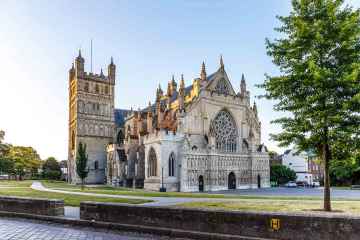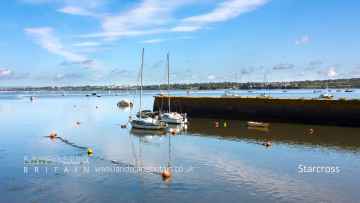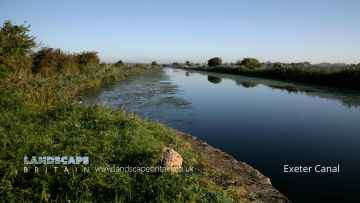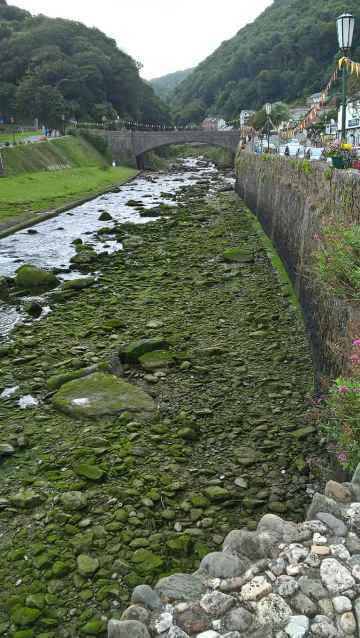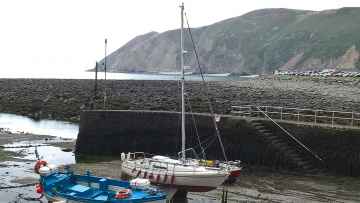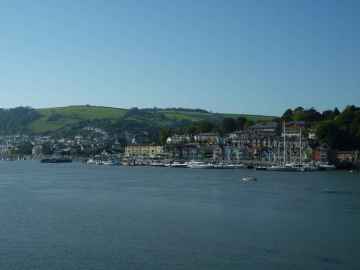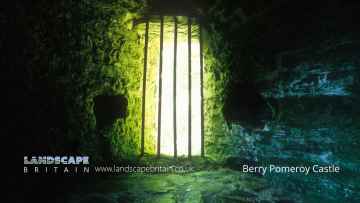Plymouth
Plymouth is a City in the county of Devon.
Plymouth postcode: PL3 4
There are great places to visit near Plymouth including some great cities, historic buildings, villages, canals, rivers and streams, beaches, geological features, sssis, hiking areas, nature reserves, towns, parks, airports, castles and ruins.
Exeter is a great place to visit close to Plymouth if you like cities.
Exeter Cathedral, St Mary Steps, and St Stephen's Church - Exeter are some of Plymouth best historic buildings to visit near Plymouth.
There are a several good villages in the Plymouth area like Starcross, Lynton and Lynmouth, Littleham, Otterton, Branscombe, Beer, and Hope Cove.
Plymouth has some unmissable canals nearby like Exeter Canal, and Grand Western Canal at Tiverton.
The area around Plymouth's best rivers and streams can be found at East Lyn River.
The area around Plymouth boasts some of the best beaches including Blacklands Beach, Branscombe Beach, and Hope Cove.
Valley of Rocks is one of Plymouth's best, nearby geological features to visit in Plymouth.
There are a several good sssis in the area around Plymouth like Dartmoor.
Don't miss Dartmoor's hiking areas if visiting the area around Plymouth.
The area around Plymouth's best nature reserves can be found at Dartmoor.
There are a number of towns near Plymouth including Dartmouth, Tiverton, Crediton, Topsham, Budleigh Salterton, Sidmouth, and Seaton.
The area close to Plymouth boasts some of the best parks including Bicton Park.
There are a number of airports near to Plymouth including Exeter Airport.
Don't miss Berry Pomeroy Castle's castles if visiting the area around Plymouth.
Ruins to visit near Plymouth include Berry Pomeroy Castle.
Plymouth History
There are some historic monuments around Plymouth:
Areas of Plymouth
Like most towns and cities Plymouth is comprised of a number of areas, once separate villages or small towns and parishes now part of Plymouth.
Many of the areas of Plymouth have their own character and places of interest.
Places to see near Plymouth
History of Plymouth
During the Hundred Years’ War a French attack (1340) burned a manor house and took some prisoners, but failed to get into the town. In 1403 the town was burned by Breton raiders. On 12 November 1439, the English Parliament made Plymouth the first town incorporated. In the late fifteenth century, Plymouth Castle, a “castle quadrate”, was constructed close to the area now known as The Barbican; it included four round towers, one at each corner, as featured on the city coat of arms. The castle served to protect Sutton Pool, which is where the fleet was based in Plymouth prior to the establishment of Plymouth Dockyard. In 1512 an Act of Parliament was passed for further fortifying Plymouth. A series of fortifications were built, including defensive walls at the entrance to Sutton Pool (across which a chain would be extended in times of danger). Defences on St Nicholas Island also date from this time, and a string of six artillery blockhouses were built, including one on Fishers Nose at the south-eastern corner of the Hoe. This location was further strengthened by the building of a fort (later known as Drake’s Fort) in 1596; it was the site of the Citadel, established in the 1660s (see below). During the 16th century, locally produced wool was the major export commodity. Plymouth was the home port for successful maritime traders, among them Sir John Hawkins, who led England’s first foray into the Atlantic slave trade, as well as Sir Francis Drake, Mayor of Plymouth in 1581 and 1593. According to legend, Drake insisted on completing his game of bowls on the Hoe before engaging the Spanish Armada in 1588. In 1620 the Pilgrim Fathers set sail for the New World from Plymouth, establishing Plymouth Colony - the second English colony in what is now the United States of America.











